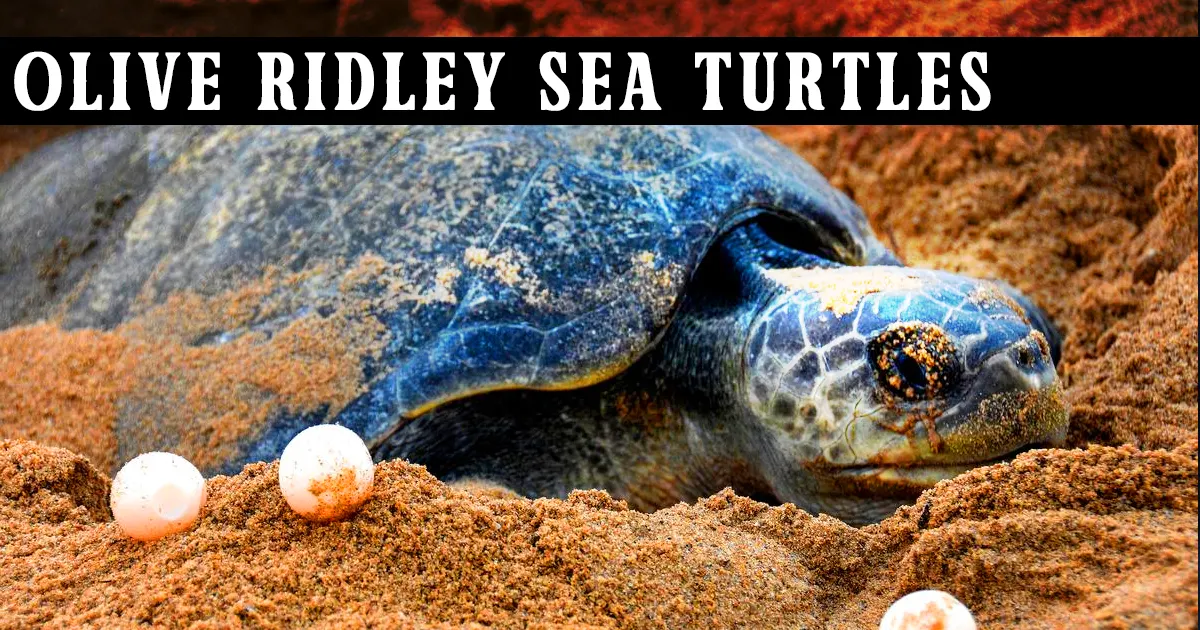GS 3 – Environment

[tabs type=”horizontal”]
[tabs_head]
[tab_title] The Times of India [/tab_title]
[tab_title] Down To Earth [/tab_title]
[tab_title] The HINDU [/tab_title]
[/tabs_head]
[tab] Dec 9, 2023 | “Missile testing paused in Odisha to save sea turtles”
[box]
Summary: The Defence Research and Development Organisation (DRDO) has agreed to pause missile testing at Wheeler Island off the Odisha coast during the mass nesting season of olive ridley sea turtles, from January to March. This decision aims to protect the turtles during their critical nesting period.
[button color=”black” size=”small” link=”https://timesofindia.indiatimes.com/city/bhubaneswar/missile-testing-paused-in-odisha-to-save-sea-turtles/articleshow/105849125.cms” icon=”” target=”true”]VIEW[/button]
[/box]
[/tab]
[tab] December 16, 2024 | “Why are Olive Ridley sea turtles dying in large numbers on Odisha’s coast”
[box]
Summary: An article from Down To Earth discusses the significant mortality of olive ridley sea turtles along Odisha’s coast, attributing the deaths to non-compliance with a two-month trawling ban intended to protect the turtles during their nesting season.
[button color=”black” size=”small” link=”https://www.downtoearth.org.in/wildlife-biodiversity/why-are-olive-ridley-sea-turtles-dying-in-large-numbers-on-odisha-s-coast–94656#:~:text=Turtles%20frequently%20face%20mortality%20when,Wildlife%20Institute%20of%20India%2C%20Dehradun.” icon=”” target=”true”]VIEW[/button]
[/box]
[/tab]
[tab] July 28, 2024 | Saving Olive Ridley turtles
[box]
Summary: Remember how Master Oogway from Kung Fu Panda disappeared just one fine day? Sea Turtles have been around since the age of dinosaurs, but they might disappear if we do not conserve them. They are battling to survive because of harmful human activities in the world’s water bodies. A world in which sea turtles cannot live could soon become a world in which humans struggle to survive.
[button color=”black” size=”small” link=”https://www.thehindu.com/children/saving-olive-ridley-turtles/article68417370.ece” icon=”” target=”true”]VIEW[/button]
[/box]
[/tab]
[/tabs]
General Overview
Olive Ridley sea turtles are the second-smallest and one of the most abundant sea turtle species worldwide. They are renowned for their arribadas—synchronized mass nesting events where thousands of females converge on the same beach to lay eggs.
Physical Characteristics
- Males and females grow to a similar size, though females typically have a slightly more rounded carapace.
- The carapace is heart-shaped and olive-colored, giving the species its name.
- Hatchlings are dark grey, appearing black when wet.
Distribution
- Found in warm and tropical waters of the Pacific, Indian, and Atlantic Oceans.
- Gahirmatha Beach in Odisha, India, is a critical breeding site and one of the largest mass nesting grounds globally.
Diet
- Olive Ridleys are primarily carnivorous, especially in their immature stages, feeding on small invertebrates like crabs, jellyfish, and shrimp.
Ecological Significance
- The nesting behavior of Olive Ridleys supports coastal ecosystems by influencing nutrient cycling on beaches and sustaining marine food webs.
Conservation Status
- IUCN Red List: Vulnerable
- CITES: Appendix I (prohibiting international trade)
Threats
Olive Ridley turtles face numerous natural and human-made threats:
- Unsustainable egg collection and poaching on nesting beaches.
- Fishing and boat collisions, leading to incidental capture (bycatch).
- Marine debris and pollution, including ingestion of plastics.
- Natural disasters like cyclones and tsunamis.
- Climate change altering sand temperatures and nesting patterns.
- Beach erosion and habitat degradation from coastal development.
Conservation Efforts
- Protection of nesting sites (e.g., Gahirmatha Marine Sanctuary).
- Strict regulation on egg collection and turtle poaching.
- Bycatch reduction techniques like Turtle Excluder Devices (TEDs) in fishing gear.
- Awareness campaigns to reduce marine pollution and promote sustainable coastal practices.




